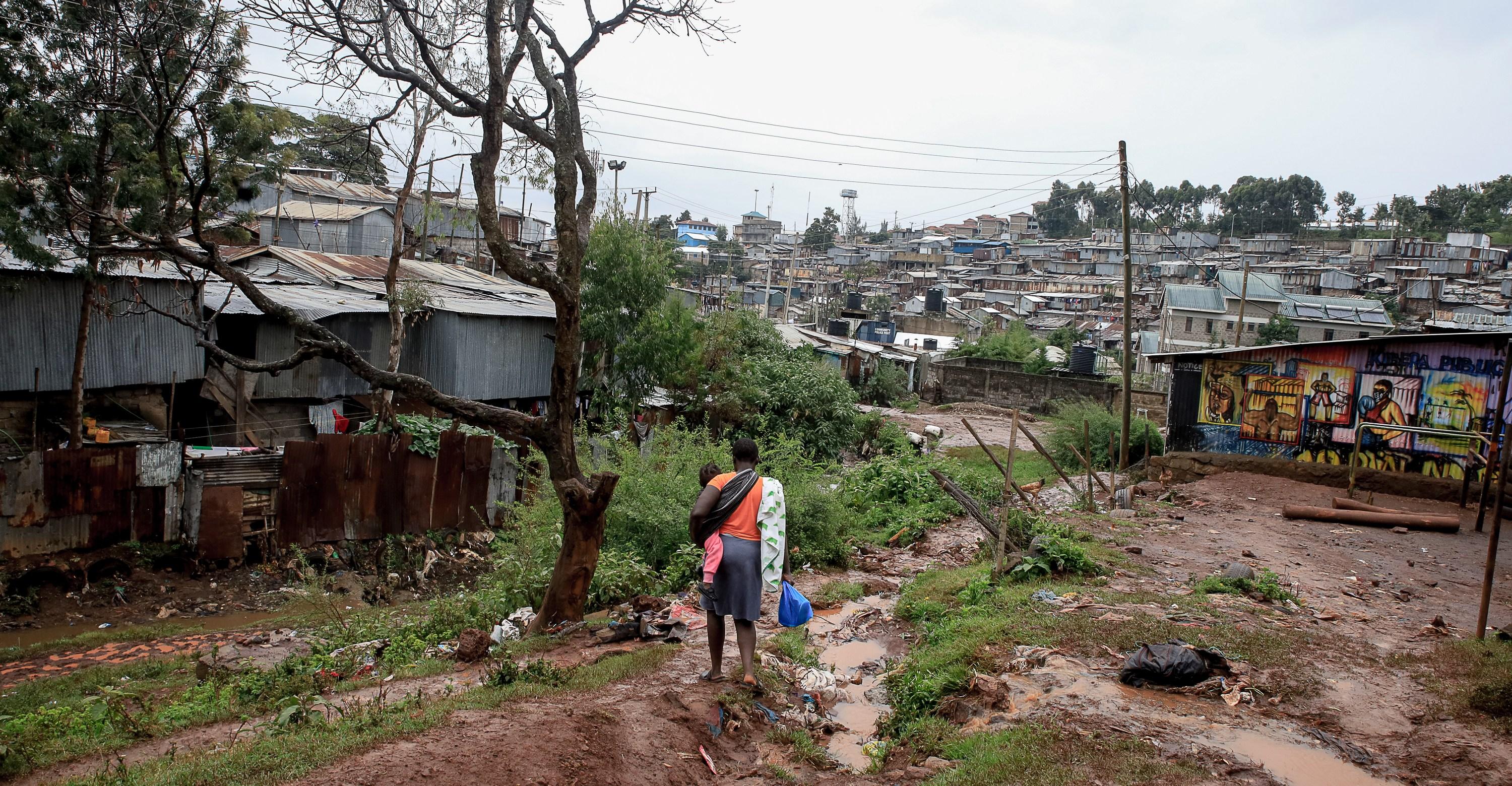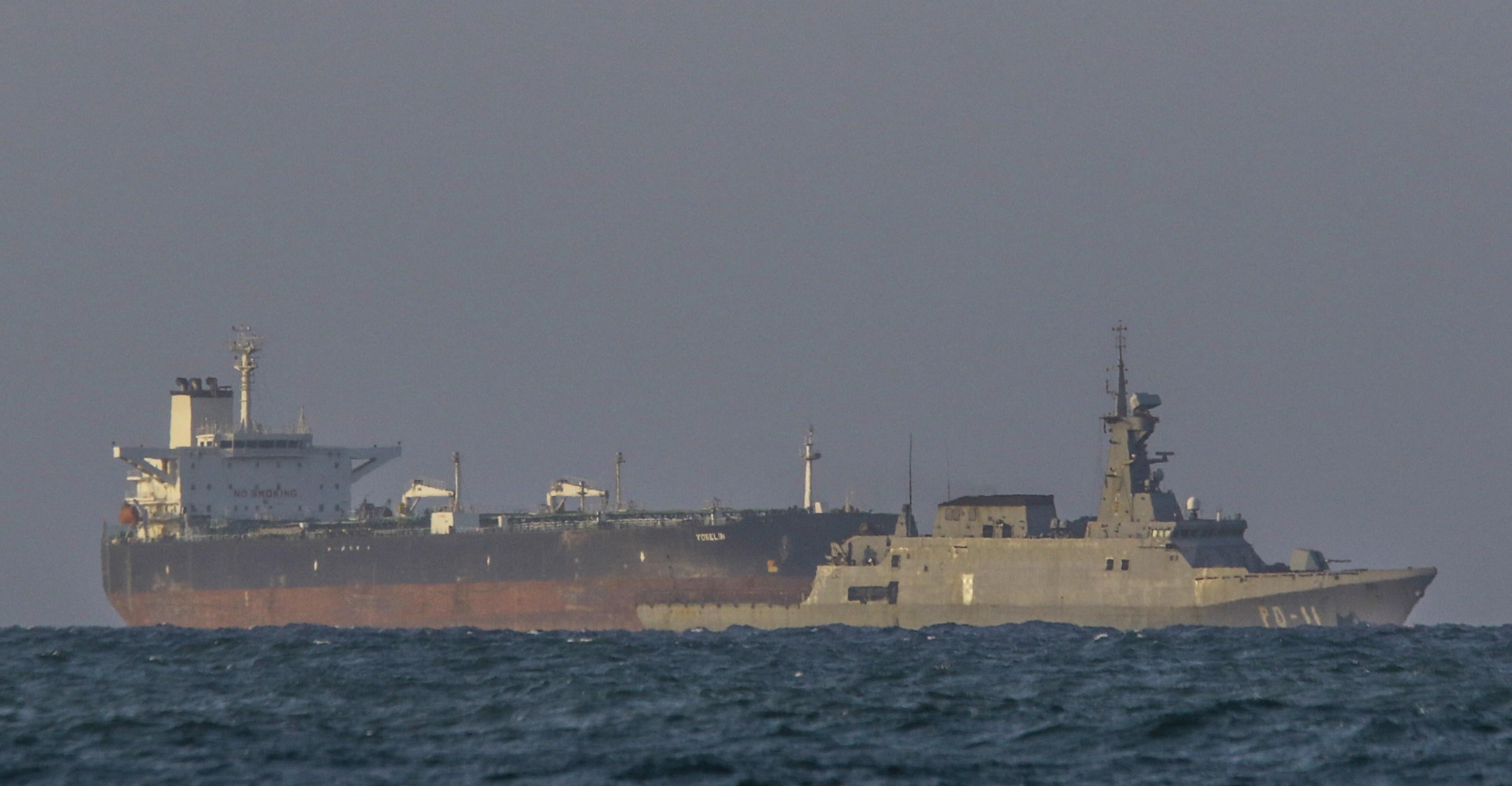Iran’s complicated calculus in attacking Pakistan doesn’t factor in Gaza, but domestic issues and longstanding battles with separatists.


Iran and Pakistan traded missile attacks over the past week, supposedly as part of each nation’s efforts to disrupt violence by ethnic separatist groups. The strikes arrived against a backdrop of spiraling conflict in the Middle East, meaning any further violence could risk expanding that fighting.
To be clear, there’s no specific, concrete tie between Iran’s conflict with Pakistan and the wider conflicts in the Middle East, which include Israel’s war in Gaza as well as a tit-for-tat exchange between the US and Yemeni rebels in the Red Sea. And both Iran and Pakistan on Friday promised to de-escalate. But it’s hard to ignore this week’s attacks, given the ongoing instability and gradual escalations in conflicts involving Iranian proxy groups.
That’s in large part because Iran plays at least some role in all of the conflicts currently underway in the Middle East. Iran has links to Hezbollah in Lebanon as well as Hamas in Gaza, both groups fighting Israel. The country has also offered past support to the Houthis in Yemen, the rebels currently disrupting shipping and sparring with the US and its Western allies in the Red Sea. And Iran’s provided backing to smaller militia groups based in Iraq and Syria currently attacking US anti-ISIS coalition positions in those countries.
Ultimately, this week’s exchange between Iran and Pakistan has more to do with each country’s internal politics than with Israel’s war in Gaza. It is the continuation of a long-running struggle against an ethnic insurgency that has troubled them both for decades. And Iran’s involvement — particularly its decision to strike Pakistani territory, as well as targets in Iraq and Syria earlier in the week — telegraphs both its battlefield capabilities as well as its anxiety about recent attacks on its own people.
What exactly happened between Pakistan and Iran?
Pakistan carried out what the country’s foreign office called “highly coordinated and specifically targeted precision military strikes” against Baloch separatists in Saravan, a city in Iran’s southeast about 70 miles from the Iran-Pakistan border. Thursday’s strikes were in apparent retaliation for a surprise Iranian attack on Tuesday in Pakistani territory, against the anti-Iranian Baloch militant group Jaish al-Adl, or Army of Justice.
Pakistan and Iran share a border that cuts through the traditional homeland of the Baloch ethnic minority, a region known as Balochistan. All three of the groups targeted in this week’s strikes — Jaish al-Adl in Pakistan, as well as the Balochistan Liberation Front (BLF) and Balochistan Liberation Army (BLA) in Iran — are known to carry out violent campaigns against both governments in an effort to secure Baloch autonomy and improved rights and living conditions for the Baloch minority. But there are some important differences between the three groups, as Riccardo Valle, director of research at the Khorasan Diary, told Vox.
“BLA and BLF are part of the broader nationalist Baloch insurgency, while Jaish ul Adl is a jihadist organization with a territorial scope limited to Iran in terms of attacks,” he said, using an alternative spelling for Jaish al-Adl. That group is not only nationalistic, but also Sunni — a threat to Iran’s Shia Muslim revolutionary government. While the BLA and BLF wish only to secede from Pakistan and establish an independent Balochistan, “Jaish ul Adl is a Sunni jihadist militant group with a territorial focus which aims at not only gaining independence for Balochistan, but also toppling the Iranian government.”
Each country has been trying to manage Baloch separatism for decades, but this week’s blow-for-blow strikes are an escalation of past tactics, which occasionally saw cross-border operations — but never something on this scale.
Who are the Baloch people, and why are Iran and Pakistan targeting them?
This is not the first time that Iran and Pakistan — which typically have fairly friendly relations — have come into conflict over Baloch separatist groups. But it is the most significant and violent clash Iran and Pakistan have had in their efforts to try and contain these groups.
The Baloch people are a Sunni Muslim ethnic minority living in a region called Balochistan that encompasses parts of Iran, Pakistan, and Afghanistan. It’s sparsely populated, largely arid, and because of the comparative lack of development there, it’s also a fairly poor region. And both Pakistan and Iran have severely oppressed their Baloch populations, fuelling protests and separatist movements over the decades.
Baloch society is organized along tribal lines, and infighting among the Baloch population has contributed somewhat to the group’s lack of political power, as has its subordination to various empires over the centuries. Baloch separatist movements have been part of the political fabric of the region for decades, extant in both Pakistan and Iran where about 20 percent of the Baloch population lives (about 70 percent are in Pakistani territory). The increasingly porous and poorly policed border between the two nations has meant that drug trafficking and several different insurgent groups have had the chance to flourish, with Valle particularly noting collaboration between Tehreek-e-Taliban Pakistan, which seeks to overthrow the Pakistani government and has launched several deadly attacks there, and Baloch militants.
Jaish al-Adl, the anti-Iranian Baloch group that the Islamic Revolutionary Guard Corps targeted in Pakistan, is thought to have emerged from a previous Baloch group, Jundullah, which staged violent attacks on the Iranian government including an assassination attempt against former Iranian President Mahmoud Ahmedinejad in 2003.
Iran claims to have killed nine members of the group using drone and missile strikes in Pakistan, close to the Iranian border, where “the group [had] taken shelter,” according to Iranian Foreign Minister Hossein Amir-Abdollahian. Jaish al-Adl has operated out of Iran’s southeastern Sistan-Balochestan province as well as Pakistan’s border areas over the years in an attempt to secure better rights and living conditions for Balochs in Iran, as well as ultimately overthrow Iran’s government. Jaish al-Adl claimed responsibility for an attack at a police station last month in the Iranian city of Rask, which killed 11 people.
In return, Pakistan targeted the Balochistan Liberation Army and the Balochistan Liberation Front, two groups that attack targets within Pakistan as part of their demands for a separate Baloch state, as well as in retaliation for what they see as the government’s exploitation of their territory’s mineral wealth and natural gas. Both the BLA and the BLF have attacked Chinese targets within Pakistan and Balochistan, as China has invested heavily in projects that run through the province of Balochistan, and that include mining interests, as well as a port and international airport.
What political purposes do the military strikes really serve?
Though concern about the regional implications of the attacks is understandable, they are perhaps more about conditions within Pakistan and Iran than they are about regional tensions. Iran and Pakistan are dealing with internal instability; both countries are facing serious economic challenges, as well as political crises of legitimacy in their respective governments.
In Pakistan, where the upcoming national elections have triggered division and unrest, Iran’s strikes “united an otherwise politically polarized country in anger,” Madiha Afzal, a fellow in the Foreign Policy program at the Brookings Institution who studies Pakistani politics and extremism in South Asia, told Vox. And, given that Pakistan’s foreign ministry “also provided an off-ramp for de-escalation” — critical given Pakistan’s many internal crises — “seems to have satisfied the Pakistani political class and public,” Afzal said.
Though Pakistan had recalled its ambassador to Tehran — and told Iran’s representative to Pakistan not to return — both sides have since signaled a desire to avoid further escalation. Within Pakistan, such measures are ”likely to receive wide approval from a politically divided Pakistan if it succeeds in de-escalation,” Afzal said.
Iran’s Tuesday attack seems to have caught Pakistan by surprise, and its reasoning continues to be opaque. Given that, it’s hard to draw hard conclusions about what this week’s attacks mean, or what could come next. But there are a few useful strains of thought around why Iran would attack targets within not just Pakistan, but Iraq and Syria.
Iran’s strikes on Jaish al-Adl in Pakistan, as well as recent attacks on what it said are ISIS-aligned targets in Syria and what it called “one of the main Mossad espionage headquarters” in the Iraqi Kurdish city of Erbil, relate to “Iran’s overall threat perception in the region rising. And at the same time, feeling the need — as a result of domestic and external pressure — to respond,” Hamidreza Azizi, a visiting fellow at SWP Berlin, told Al Jazeera. Iraqi and Kurdish authorities denied that the building in Erbil had any ties to Iran, and it’s not clear that Iran’s strikes in Syria did any major damage to ISIS targets, according to the BBC.
While Iran typically projects power through its proxies, insurgent groups and Iran’s adversaries have struck crucial blows against the country over the past month. ISIS Khorasan Province (ISIS-K or ISKP) claimed responsibility for an attack on a ceremony commemorating the assassination of former Islamic Revolutionary Guards commander Qasem Soleimani, which killed nearly 100 people in the Iranian city of Kerman. Israel’s Mossad also killed another top IRGC military adviser, Sayyed Razi Mousavi, near Damascus in December, likely contributing to Iran’s internal sense of threat.
Essentially, this week’s attacks could be interpreted as a message to its own people — particularly the government’s hardline base — that the Islamic Republic will not be bullied, even as it must take care to avoid direct confrontation with the United States and its allies.
Tuesday’s missile strikes in Pakistan could also be an attempt to “force regional countries, including Pakistan, to rethink their preexisting alignment with the United States and to not offer further help that might allow the United States to counter Iran or its proxies in the region,” Asfandyar Mir, senior expert on South Asia at the US Institute of Peace, wrote Friday.
And while there might not be a direct link between Israel’s war in Gaza and Iran’s attacks on targets in Iraq, Syria, and Pakistan this week, it could be that Iran believes now is the time to signal its own military capabilities — rather than using proxy groups to do so. But in attacking countries with which it has fairly friendly ties, Iran was able to display its firepower in a limited capacity, without significant risk of escalation, though both Iraq and Pakistan have expressed their fury at Iran’s attacks.
Iran could retaliate against Pakistan’s strikes, Mir wrote, but for now, it seems more likely that attacks will be suspended. Further strikes would be very risky given Pakistan’s superior military and Iran’s already-stretched military and proxy forces. “A tit-for-tat cycle with Pakistan in which Pakistan regularly violates Iran’s sovereignty will erode Iran’s ability to deter other adversaries,” Mir wrote, “including the United States and Israel.”
Pakistan Navy launches fourth Hangor Class submarine 'Ghazi' in China
- 16 hours ago

The low, low cost of ending extreme poverty
- 7 hours ago

Inside the high drama of the iPhone 4
- 9 hours ago
India summons Bangladesh envoy over security concerns in Dhaka
- 20 hours ago

Tremors felt in Balochistan's Barkhan district
- 20 hours ago

Everything is a mockumentary now, thanks to Rob Reiner
- 7 hours ago

The global shadow economy behind Trump’s latest move on Venezuela
- 7 hours ago

Met Office forecast rain, snowfall from Dec 20
- 17 hours ago
NFL playoff-clinching scenarios: Which teams can secure a berth in Week 16?
- 8 hours ago
NDMA dispatches 27th aid consignment for Palestinians
- 19 hours ago

You need to listen to Sudan Archives’ violin opus for the club
- 9 hours ago
What is going on with Trevon Diggs and the Dallas Cowboys?
- 8 hours ago







